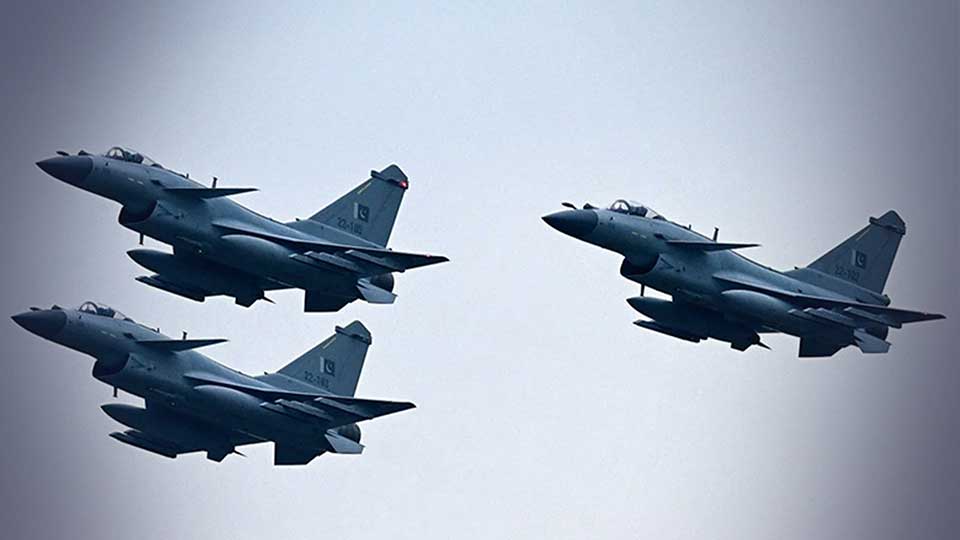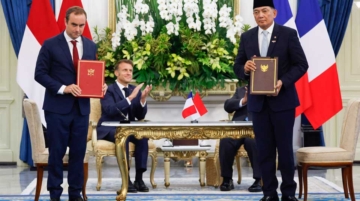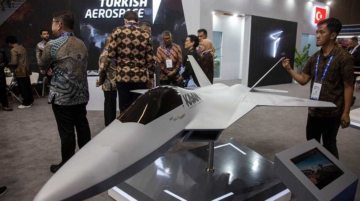
In late May, Indonesia surprised many Chinese military watchers by signing a defense agreement with France, which included the purchase of Rafale fighter jets—despite the J-10C’s widely publicized performance advantage during the 2019 India-Pakistan aerial clash. The announcement sparked heated commentary across Chinese social media, with one widely shared WeChat post by the account Southeast Asia Military Enthusiasts Club explaining why Indonesia may have prioritized political ties with France and long-term logistical stability over price or battlefield performance.
Now, just a week later, Indonesia appears to be reassessing its options. On June 5, Xinhua News reported that the Indonesian military is assessing the feasibility of purchasing China’s J-10C fighter jet —a development that has reignited debate among Chinese netizens, and prompted the same WeChat account to publish a follow-up article titled “Indonesia Air Force Interested in Buying J-10C—Can This Deal Be Done?”
This new commentary acknowledges Indonesia’s urgent need to modernize its aging, patchwork air fleet—which includes U.S.-made F-16s, Russian Sukhois, British Hawks, and South Korean trainers. The article argues that the J-10C’s cost-effectiveness, proven combat record, and fast delivery timeline make it a compelling candidate, especially compared to the slower fulfillment schedules of Western suppliers.
However, the piece also explores the deeper structural obstacles. If Indonesia adds Chinese fighters to its already diverse fleet, the burden of maintaining multiple training systems, support infrastructure, and spare parts chains could create long-term inefficiencies. And while the J-10C is praised as a “price butcher,” the article notes that Indonesia’s defense decisions are ultimately shaped by geopolitics, not just cost-performance analysis.
Previous procurement deals—including a canceled Mirage 2000 buy and the failed Su-35 contract—underscore the unpredictable nature of Indonesia’s defense acquisitions.








